What is the picture of paradise in your mind? Indeed, much of nature is so picturesque that it takes your breath away. What if we told you that there is a place on Earth that is unbelievably heavenly? It has greenery, lakes, mountains, caves, cathedrals, castles, and what have you.
And, of course, wine!
We are talking about Slovenia tourism, a nation in Central Europe that is bordered by Italy, Croatia, Austria, Hungary, and the stunning Adriatic Sea.
Table of Contents
Historical and Tourism Context
Slovenia's tourism history dates back to the 19th century, with a focus on workers' tourism. After gaining independence in 1991, the country rebranded itself as a global tourist destination. The tourism industry has contributed significantly to Slovenia's GDP (12.8% of the country's GDP in 2020) and global competitiveness, emphasizing sustainability and people-friendly initiatives. It has generated substantial annual revenues and employment opportunities, making it a crucial economic activity.
Tourist arrivals in Slovenia were up by 5.9% year-on-year to 423,181 in October 2023. Slovenia was ranked 39th out of 117 countries in the Travel and Tourism Development Index 2021 by the World Economic Forum. It showcased excellent performance in key areas, such as zero terrorism and organized crime, state openness to foreign goods and services, basic social protection coverage, and timely provision of data. Slovenia emerged as a leader in all these indicators, demonstrating its commitment to safety, openness, social welfare, and efficient data management.
Geographical Potential of Slovenia Tourism
Slovenia's diverse landscapes, including the European Alps, the Dinaric Alps, the Mediterranean, the Pannonian Plain, and a coastline along the Gulf of Venice, create three climate types. This convergence of landscapes and cultures and its natural beauty makes Slovenia an attractive destination for outdoor activities and tourism. Mount Triglav is the highest peak in Slovenia.
Adventure Tourism
Slovenia offers diverse adventure tourism opportunities in its varied landscapes, ideal for hiking, kayaking, and exploring hidden treasures. The Soca Valley is particularly popular for adventure activities such as rafting, kayaking, and hydrospeeding.
Nature
Lake Bled is a scenic lake with a hilltop castle, a visitable island, and short hiking trails.
Vintgar Gorge is a picturesque canyon featuring a wooden walkway that provides breathtaking views of the river and waterfalls.
Lake Bohinj is a peaceful lake encircled by mountains, providing various outdoor activities like hiking, cycling, and swimming.
Architectural Heritage
Slovenia's architectural and cultural heritage provides a captivating cultural experience for visitors, highlighting the country's distinctive mix of historical eras, cultural influences, and natural beauty.
Ljubljana, the capital city, boasts numerous significant Baroque and Art Nouveau structures designed by the renowned architect Jože Plečnik. The Old Town of Ljubljana is a popular tourist destination known for its picturesque streets, historic buildings, and vibrant ambience.
Slovenia is home to various castles, medieval towns, and fortified villages, including Ptuj, Škofja Loka, and Piran. These locations offer insight into the country's rich history and provide a distinctive five-star experience for tourists.
Slovenia's cultural heritage encompasses a range of churches, monasteries, and other religious sites. One notable example is the Ljubljana Sluice Gate, which signifies the point where the Ljubljanica River departs from Slovenia's capital.
Slovenia is home to various museums, such as the Slovene Ethnographic Museum, the Museum of Modern Art, and the Technical Museum of Slovenia. These institutions display the country's diverse cultural heritage and offer an enlightening experience for visitors.
Cultural Heritage
Imago Sloveniae: This festival takes place in hidden atriums and sacred buildings, as well as in the streets and famous squares at various exceptional locations around Slovenia. The tourists can be free spectators for classical, jazz, and world music concerts.
Ljubljana Festival: On summer evenings, this festival offers many music festivals. The Druga Jazz Festival and the Ljubljana Godba Festival are some of the major music and cultural events.
Mediterranean International Folk Festival: This is Slovenia's most important folklore festival, held annually, featuring folkloric music and dance performances.
Jurjevanje Folklore Festival: One of the oldest folklore festivals in Slovenia, this is held in Črnomelj. It features dance, traditional music, and costumes.
Castles
Slovenia boasts several must-visit castles, each offering visitors a unique and fascinating experience. Notable examples include Bled Castle, Predjama Castle, Ljubljana Castle, Celje Castle, and Otočec Castle. These castles showcase Slovenia's diverse history and architectural heritage, making them must-visit attractions for travellers seeking a blend of culture, history, and natural beauty.
Churches and Cathedrals
Slovenia is home to several beautiful and historic cathedrals, each offering visitors a unique and fascinating experience. Notable examples include Ljubljana Cathedral, Koper Cathedral, Sts. Cyril and Methodius Orthodox Church, and Hrastovlje Church of the Holy Trinity. These cathedrals showcase Slovenia's rich cultural and religious heritage, making them must-visit attractions for travellers seeking a blend of history, art, and architecture.
Caves
Slovenia is renowned for its captivating caves, offering a unique underground experience. Notable caves include Postojna Cave, Škocjan Caves, Križna Jama Cave, and Vilenica Cave. These caves provide a glimpse into Slovenia's mesmerizing underground world, making them a must-visit for travellers seeking extraordinary natural wonders.
Parks
Triglav National Park is a must-visit destination in Slovenia, renowned for its breathtaking landscapes, including the Julian Alps, lakes, and valleys. As the country's only national park, it attracts nature enthusiasts and outdoor lovers. Apart from Triglav, Slovenia has various nature parks showcasing diverse ecosystems, wildlife, and cultural heritage. Kozjansko Park primarily showcases diverse flora and fauna, natural landscapes, and cultural heritage.
Food and Wine
Slovenian cuisine offers a diverse experience, blending traditional flavours and modern culinary techniques. With 24 gastronomic areas and three winegrowing regions, the country provides visitors with a wide range of food and wine experiences.
Goriška Brda, Slovenia's most beautiful wine-growing region, offers charming villages, historic wineries, and delicious local wines. The Karst region is famous for its delicious food and wine, including the popular Teran wine made from a local grape variety.
In Ljubljana, the charming capital city, visitors can enjoy a variety of restaurants, cafes, and bars serving traditional Slovenian dishes as well as modern and international cuisine. Lake Bled, surrounded by picturesque landscapes, is home to several restaurants and hotels offering local and international dishes, with some establishments featuring wine cellars showcasing Slovenia's diverse wine collection.
Maribor, the second-largest city in Slovenia, offers a mix of Austrian and Slovenian food, with various culinary destinations serving local flavours.
Slovenia's culinary traditions focus on fresh, local ingredients, seasonal produce, and regional specialities. Must-try dishes include Bujta, Jota, Struklji, and Prekmurski muški. The country's wine industry is also worth exploring, with various wineries and wine routes offering memorable experiences for wine enthusiasts.
Sustainable Tourism
Slovenia has shown a firm dedication to promoting sustainable tourism by implementing various initiatives that support eco-friendly practices.
The Slovenia Green Label is a national program and certification scheme that promotes sustainable actions by tourism service providers and destinations, focusing on the environmental, economic, and socio-cultural aspects of tourism development.
Over 280 Slovenian destinations and tourism service providers have obtained the Slovenia Green Label, reflecting their sustainable approach and responsible behaviour towards the environment.
Ljubljana has been recognized for its sustainable efforts. It was awarded the Slovenia Green Destination Platinum label and included in the Sustainable Destinations Top 100 list.
Under the Green Scheme of Slovenian Tourism, green policies are implemented, and green experiences are created to ensure sustainable tourism practices.
These initiatives showcase Slovenia's commitment to developing tourism and encouraging responsible and environmentally friendly travel experiences nationwide. This is a case study that other nations could emulate.
Dining
Gostilna Rupa, Gostilna Rupa, Gostilna Rupa, and Hisa Franko are Slovenia's most popular Eastern European-style restaurants. You will be amazed at the variety of authentic and delectable dishes they serve. If your taste buds are suited to Mediterranean, vegan, and international restaurants, try Pri Mari, Lastoria, or Vegdrom.
Other Places
Piran is a town on the Adriatic coast. Piran Bay has an open-air museum with medieval architecture and a rich cultural heritage. Beautiful city walls and gates surround the old core of the town. A trip to the Slovenian coast will be unforgettable because of its fantabulous scenery. The marine aquarium is a highly recommended destination for kids.
Conclusion
Slovenia's tourism journey, from its historical roots in workers' tourism to its dynamic present, showcases a remarkable evolution. With a focus on sustainability and cultural richness, Slovenia has become a global tourist destination, contributing significantly to its GDP. The country's diverse landscapes, adventure opportunities, architectural heritage, cultural festivals, and culinary delights make it a must-visit destination. Furthermore, Slovenia's commitment to sustainable tourism practices sets a commendable example for the world, allowing tourists to explore the enchanting blend of history, nature, and hospitality in Slovenia tourism.
FAQs
Where can one get quality wine in Slovenia?
Goriška Brda (the most beautiful winegrowing region), Vipava Valley (known for its unique microclimate), Podravje (known for its unique microclimate and white wines), and Kras (wine region located in the Karst Plateau, known for its red wines) are the places to get quality wine.
Which are some of the best resorts for ski rides?
Kranjska Gora, Vogel Ski Center, iMariborsko Pohorje Ski Resort, and Krvavec are the most popular ski resorts. These resorts provide a range of active experiences, from family-friendly slopes to options for more experienced skiers and snowboarders.
Which are some of the best destinations for kids?
The Alpine mountains offer fun hiking and biking and are popular among children and grownups. You can also experience spectacular views of formidable cliffs, high waterfalls, and amazing land formations. For a joy ride, you can rent a mountain bike.




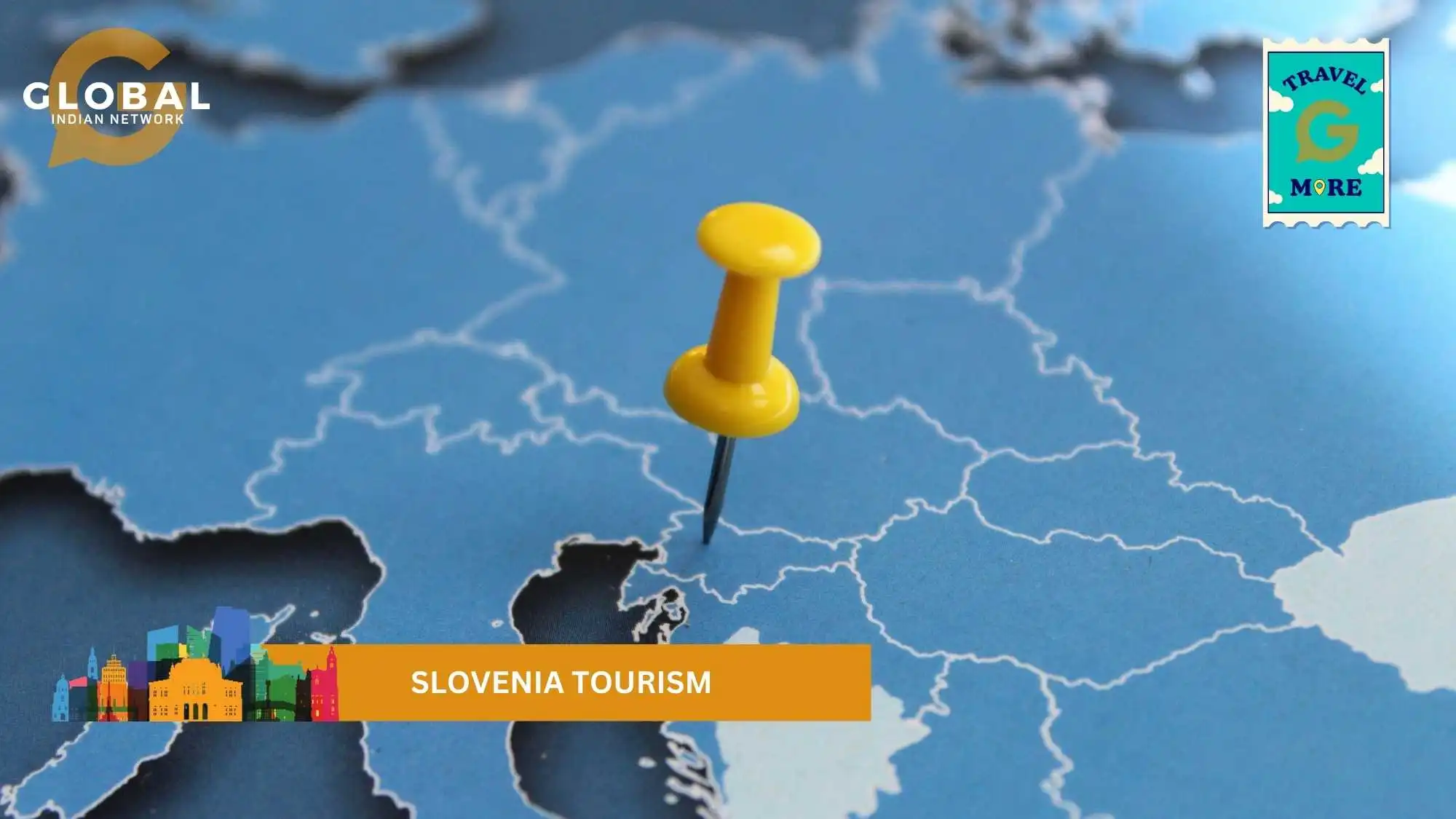
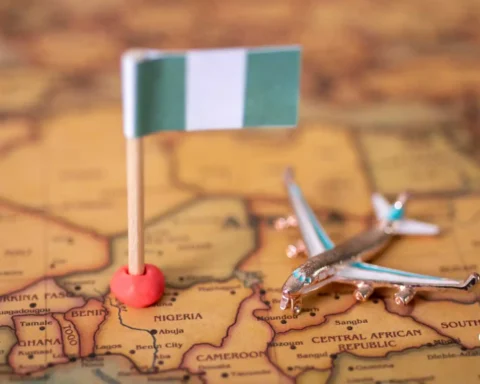

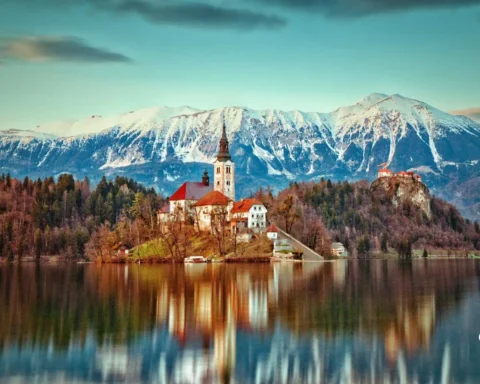
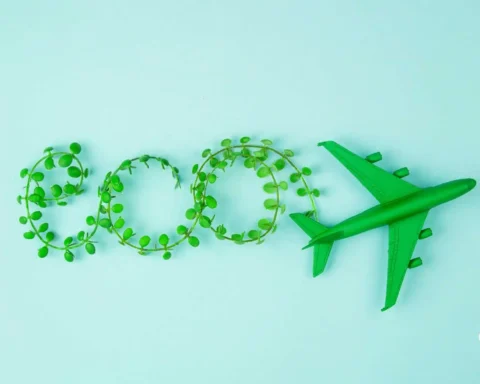
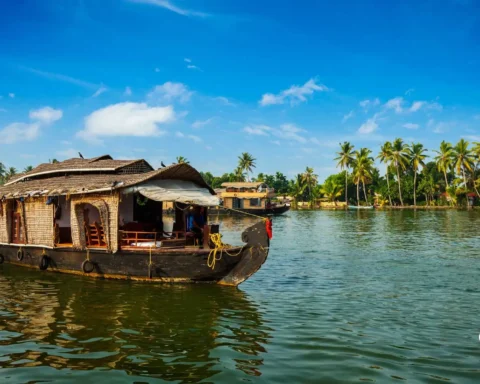

[…] paradigm shift towards more responsible and eco-conscious practices. From promoting community-based tourism initiatives to implementing renewable energy solutions and biodiversity conservation programs, the […]